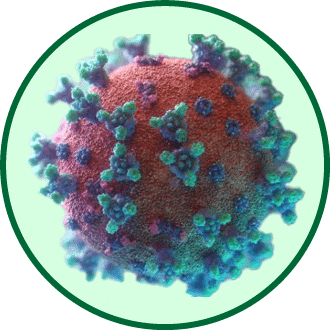Integrating The Role of Yoga and Tai Chi in Health Restoration
Introduction
In the quest for optimal well-being, many individuals are turning to ancient practices like yoga and Tai Chi. Rooted in deep cultural and philosophical traditions, these practices offer holistic benefits that are increasingly recognized by modern science. This article delves into the health restoration roles of yoga and Tai Chi, providing insights into their integration into contemporary healthcare.
1. Yoga: A Path to Physical and Mental Harmony
a. History and Origins
- Originated in ancient India over 5,000 years ago.
- Initially a spiritual discipline aimed at attaining inner peace.
b. Physical Benefits
- Flexibility: Assists in joint health and reduces muscle stiffness.
- Strength: Builds muscle tone and supports bone health.
- Posture: Encourages alignment, reducing strain on muscles and joints.
c. Mental and Emotional Benefits
- Stress Reduction: Fosters relaxation and reduces cortisol levels.
- Enhanced Focus: Boosts attention span and concentration.
- Mood Regulation: Can aid in alleviating symptoms of depression and anxiety.
2. Tai Chi: The Art of Flowing Movement
a. History and Origins
- Derived from ancient Chinese martial arts.
- Emphasizes fluid movements coordinated with breathing.
b. Physical Benefits
- Balance and Coordination: Reduces risk of falls in the elderly.
- Cardiovascular Health: Can reduce blood pressure and improve heart health.
- Pain Management: Proven to help with arthritis and fibromyalgia.
c. Mental and Emotional Benefits
- Mindfulness: Grounds the practitioner in the present moment.
- Emotional Balance: Reduces symptoms of anxiety and depression.
- Cognitive Function: Enhances memory and brain function in older adults.
3. Integrating Yoga and Tai Chi in Modern Healthcare
a. Rehabilitation Programs
- Used post-surgery or injury to restore physical function and reduce pain.
- Examples include cardiac rehabilitation or post-stroke recovery.
b. Mental Health Treatment
- Integrated into therapy sessions for stress, PTSD, and other conditions.
- Techniques like guided meditation and controlled breathing are emphasized.
c. Elderly Care
- Adapted forms introduced in nursing homes and assisted living facilities.
- Helps improve flexibility, reduce fall risk, and maintain cognitive function.
4. Best Practices for Implementation
a. Personalizing Practice
- Recognizing individual needs and limitations.
- Adapting movements for specific health conditions.
b. Professional Guidance
- Seeking certified instructors.
- Integrating feedback from healthcare providers.
c. Consistency and Commitment
- Establishing regular practice for sustained benefits.
- Emphasizing the long-term journey over quick fixes.
5. Case Studies
a. Respiratory Health
- Yoga: Pranayama (breath control) techniques improving lung capacity and asthma management.
- Tai Chi: Breathing patterns integrated into movements enhancing respiratory endurance.
b. Bone Density and Osteoporosis
- Yoga: Weight-bearing poses promoting bone health.
- Tai Chi: Gentle, weight-shifting movements beneficial for those with bone fragility.
Conclusion
Yoga and Tai Chi, while deeply rooted in ancient traditions, have a significant role to play in modern health restoration. Their holistic approach—catering to physical, emotional, and mental well-being—makes them invaluable tools in contemporary healthcare. As research continues to underscore their benefits, integrating these practices into therapeutic strategies paves the way for a harmonious balance between ancient wisdom and modern medicine.
Keywords: yoga, Tai Chi, health restoration, flexibility, balance, cardiovascular health, mindfulness, rehabilitation, mental health, elderly care, pranayama, bone density.
